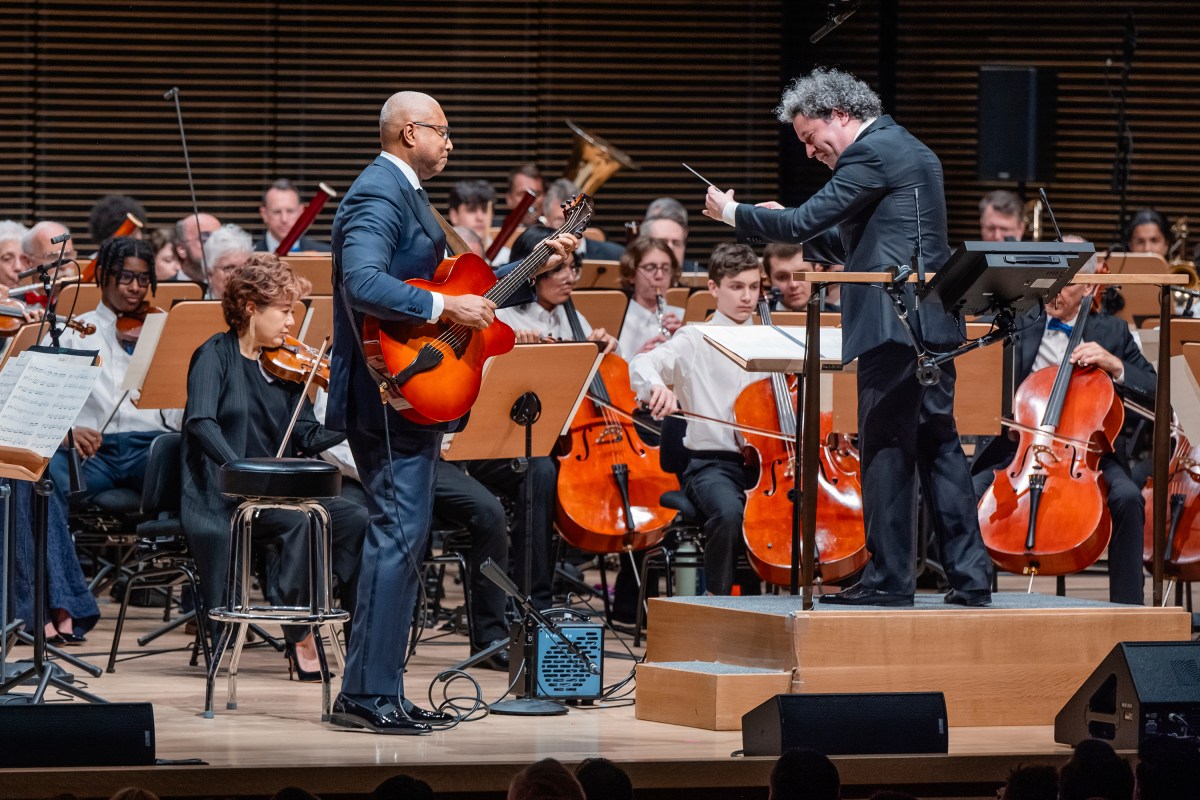From a ledge on a rock the red-beaked puffin takes flight.
Below it lies the panorama of green hillsides, villages, foaming waterfalls and grass-roofed houses that make up the least spoilt island group in the world.
The bird lands on the statue of local hero, Nólsayar Páll, and here, in the capital city, life and nature meet on equal terms. But when you move away from Torshavn and out among the scattered villages, you get a real impression of how wild these islands can be.
More than 75,000 sheep live here and they obviously feel that they have a right to walk down even the busiest of roads at their own pace.
A trip out to look at the birds on the cliffs is a must when you are on the Faroe Islands.
This is a paradise for ornithologists and amateurs alike and the colonies of puffins on the cliff ledges are a delight as are the seals and whales which come up for air just offshore.
From a boat nature is even more breathtaking. The cliffs seem higher and the sea seems bigger.
However you see the Faroes you will find everyone is a friendly tour guide.
SUSTAINABLE TOURISM
The Faroe Islands was honoured in 2007 by National Geographic as it conducted a comprehensive survey of 111 island communities throughout the world.
A panel of experts in sustainable tourism assessed the Faroe Islands and rated them on a list of the most unspoiled.
They were rated ahead of the Azores, Lofoten and exotic islands such as Bermuda and Hawaii.
The islands continue to earn high marks for preservation of nature, historic architecture and local pride.
However, National Geographi toldc readers that it was necessary to “tread carefully” in order not to destroy the very places that are cherished, especially on the islands of a more modest size. Tourists are expected to do as the Faroese, such as travelling on the rolling ferries with caution and hiking their way through all sorts of weather.
Nevertheless, as the expert panel concluded, where there is a strong sense of identity and cultural heritage, there is a solid foundation for sensible development.
TRY THE WHALE
Lamb, not surprisingly, features quite prominently on the menu but the Faroese are keen on introducing tourists to the blubber of the long-finned pilot whale.
It comes with a serious health warning though — catching pilot whales and eating their meat is soon to be history because of high levels of mercury in the sea.
Officially, the Faroese are advised against putting it on the menu but traditional dishes can still be enjoyed in the small village of Gjóvg, 67 kms from the capital.
GRASS ROOFTOPS
The grass roofs on the Faroese Houses are probably the first things you’ll notice, and these have been a feature since they were first settled. In the Viking Age, farmhouses, with their curved stone walls, the roof was supported by two rows of posts in a large common room with a longfire in the centre. Along the outer walls benches or seats were placed and a Faroese home today is still called a sethús (seat house) after these seats. And there is a good reason that the ancient name has survived, for on the Faroes the original longhouse lasted longer than any other place in Scandinavia.
















